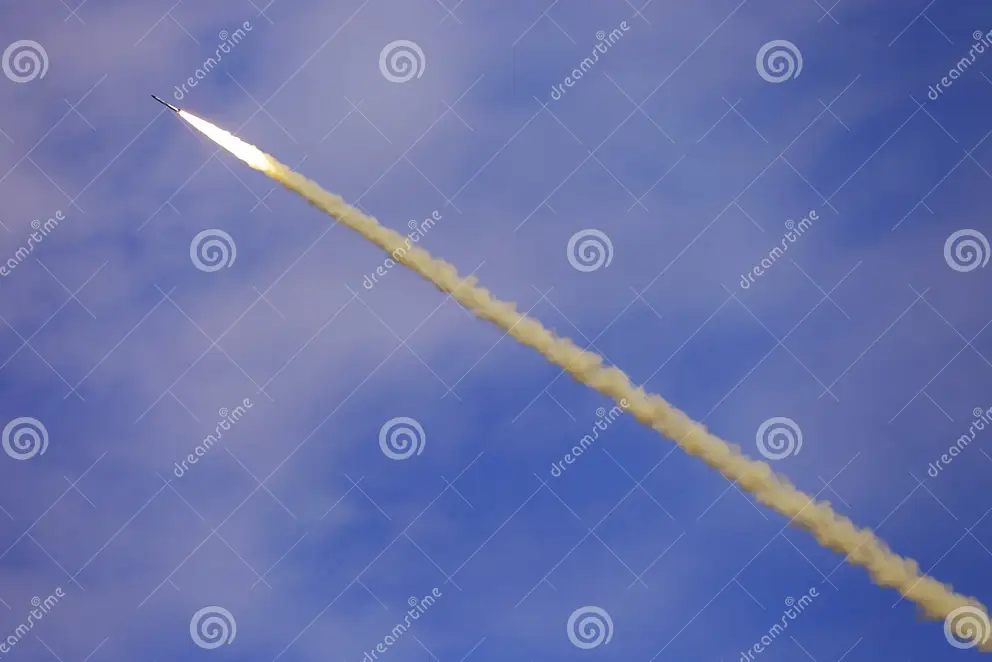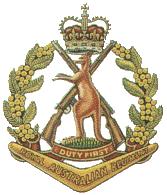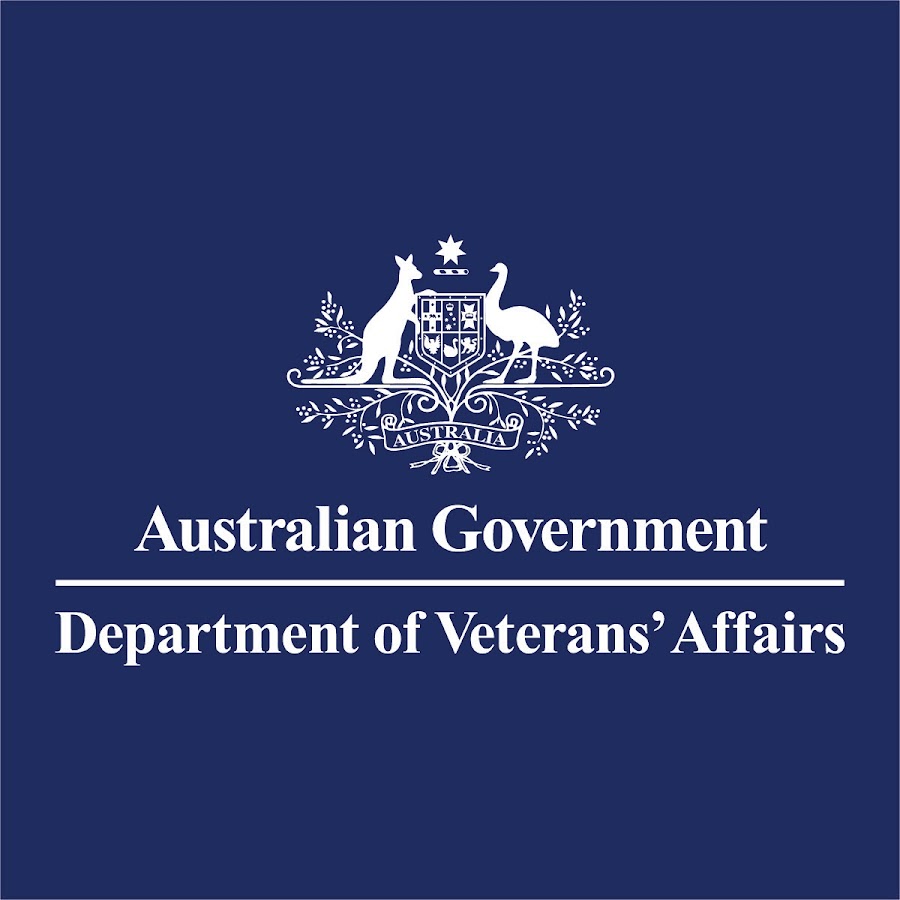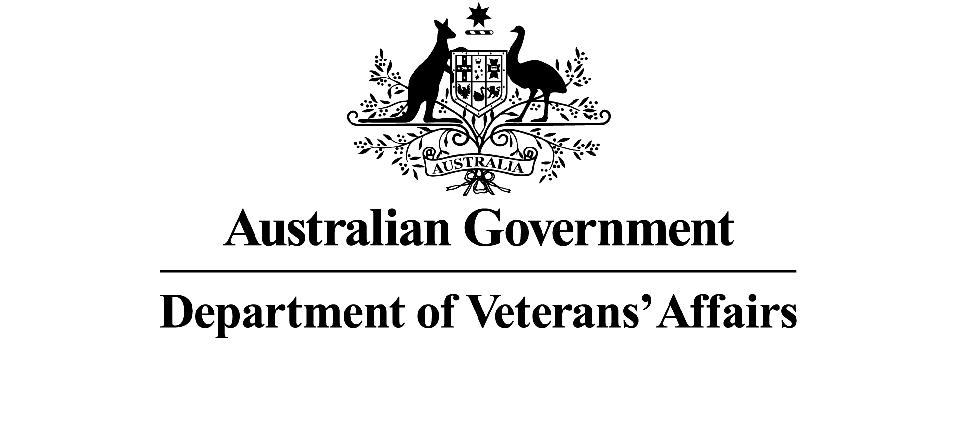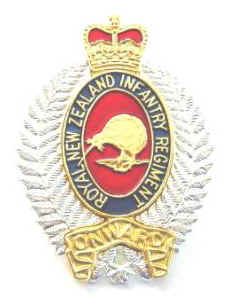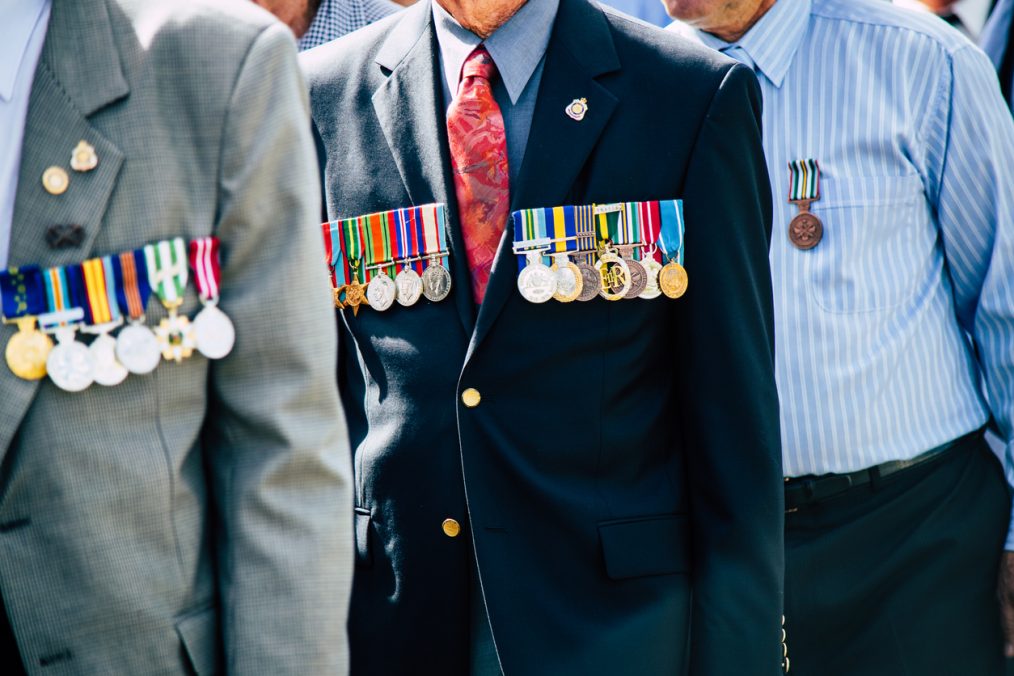In early 1970, 8 RAR (Royal Australian Regiment) embarked on Operation Hammersley, a critical reconnaissance mission in the Long Hải area of Vietnam. Commencing on February 10th and lasting until March 9th, the operation proved to be a significant chapter in the battalion’s history.
The primary objective of Operation Hammersley was the capture of a substantial bunker complex held by the Vietcong (VC). On February 18th, after the VC defenders withdrew following air raids, 8 RAR successfully seized the complex. For their achievements, the battalion was honoured with the South Vietnamese Government’s Meritorious Unit Commendation, including the Cross of Gallantry with Palm Unit Citation.
During the operation, 8 RAR engaged in patrols and ambushes, effectively disrupting VC troop movements. The success of these operations contributed to the accolades awarded to the battalion. However, the tour was not without sacrifices, as by October 1970, 8 RAR had lost 18 men and had 108 wounded.
Operation Hammersley commenced as a routine security operation, with C Company, 8 RAR, supported by a troop of M113A1 Armoured Personnel Carriers (APC), Centurion tanks, and a mortar section from 8 RAR’s Support Company. The operation aimed to protect 17 Construction Squadron, Royal Australian Engineers, at a quarry in the western foothills of the Long Hai hills.
Second Lieutenant Peter Lauder’s courageous leadership during an ambush on February 15th led to the successful capture of a company-sized Viet Cong group, earning him the Military Cross. Despite subsequent attempts to engage the D445 Battalion, the Australians faced challenges, including delayed B-52 bombings and frustration over missed opportunities.
C Company, 8 RAR, mounted in M113 Armoured Personnel Carriers, led an advance on the bunker system on February 18th. However, they encountered fierce resistance, resulting in casualties and the loss of an APC. The wait for B-52s allowed the D445 Battalion to escape, leaving the Australians frustrated at the missed opportunity.
Despite three unsuccessful attacks, the Australians continued the operation, calling in airstrikes and B-52 bombings. However, the D445 Battalion managed to escape, leaving the Australians with regret. The frustration persisted as mine incidents occurred, causing casualties among the Australians.
On February 28th, tragedy struck when Sergeant Bill Hoban’s platoon encountered a mine. Seven men, including Hoban, were killed, and 13 others were wounded. A subsequent incident involving a RAAF Iroquois helicopter triggered another mine, resulting in additional casualties.
The operation continued with further incidents, including a booby trap that wounded seven Australians on March 6th. Operation Hammersley concluded on March 9th, marking a costly but impactful campaign for the 1st Australian Task Force. Despite suffering losses, the task force inflicted heavy casualties on the enemy, with significant captures of weapons, ammunition, and materiel.
Operation Hammersley stands as a testament to the challenges faced by 8 RAR in their efforts to pacify Phuoc Tuy and engage the enemy in the Long Hải region during the Vietnam War.


